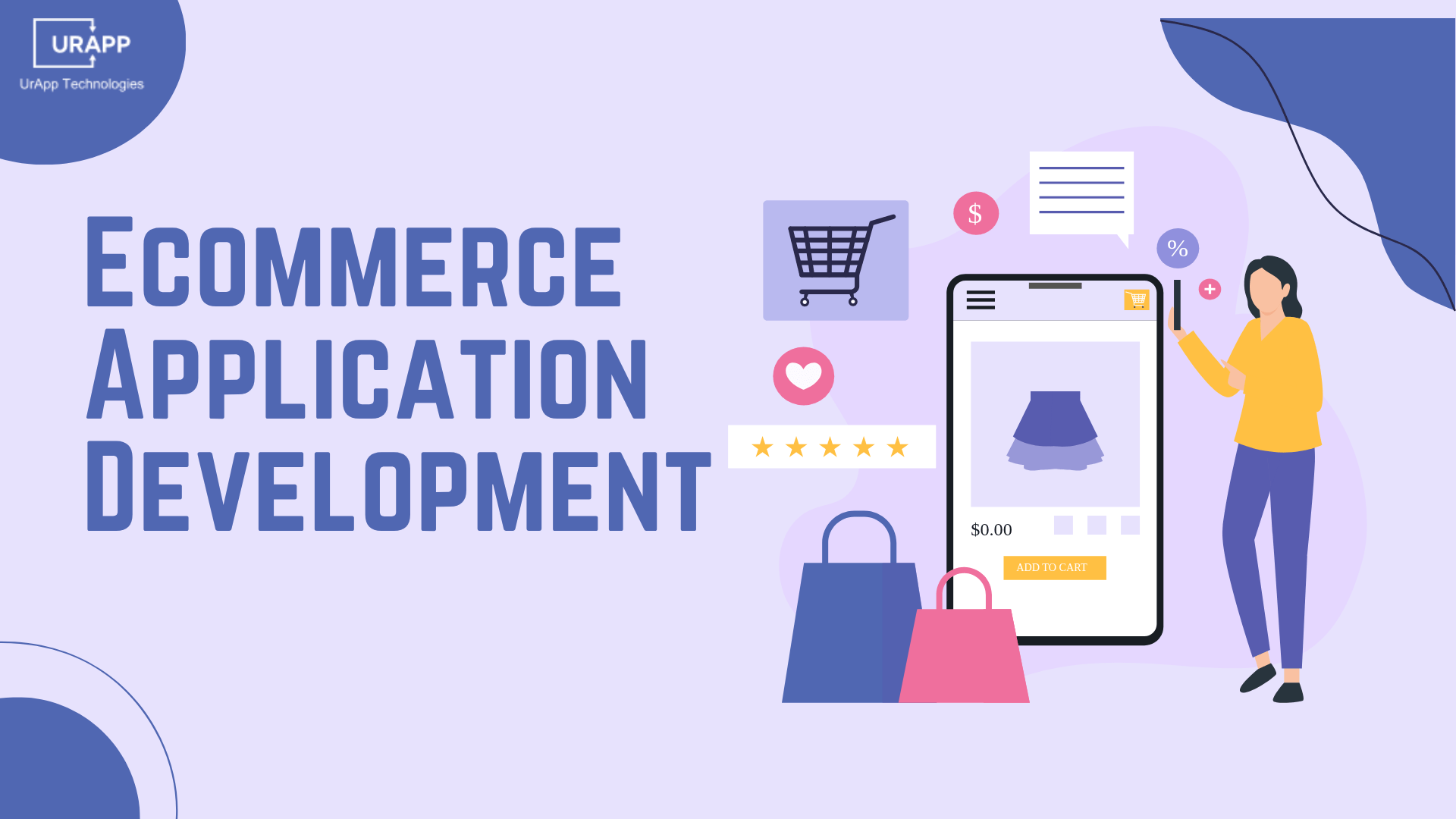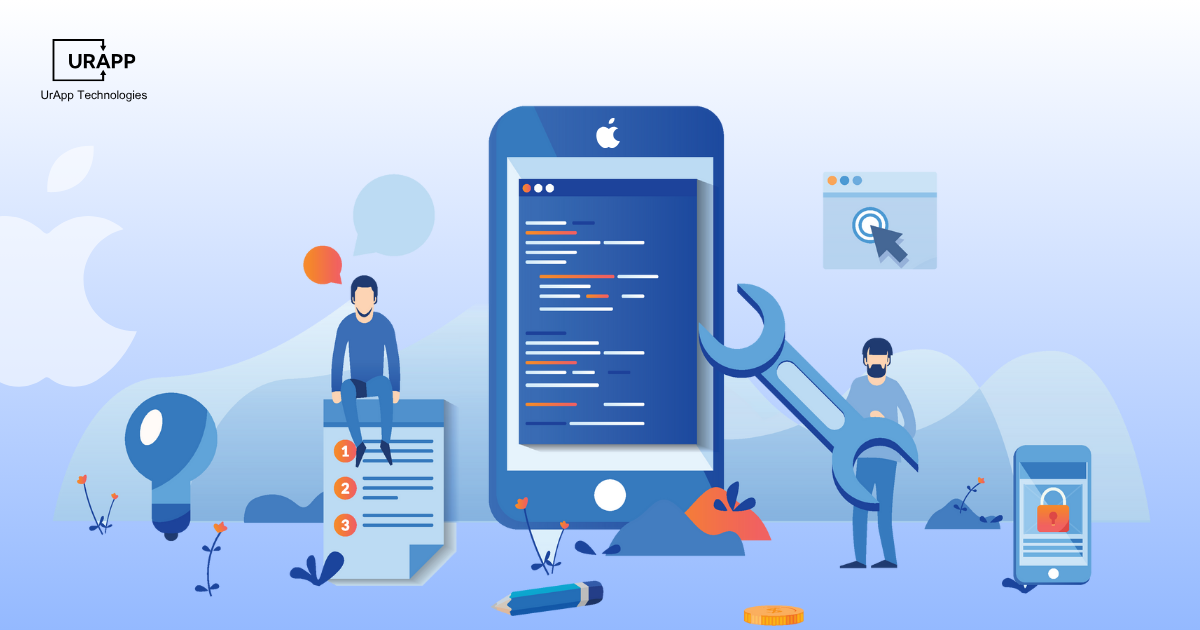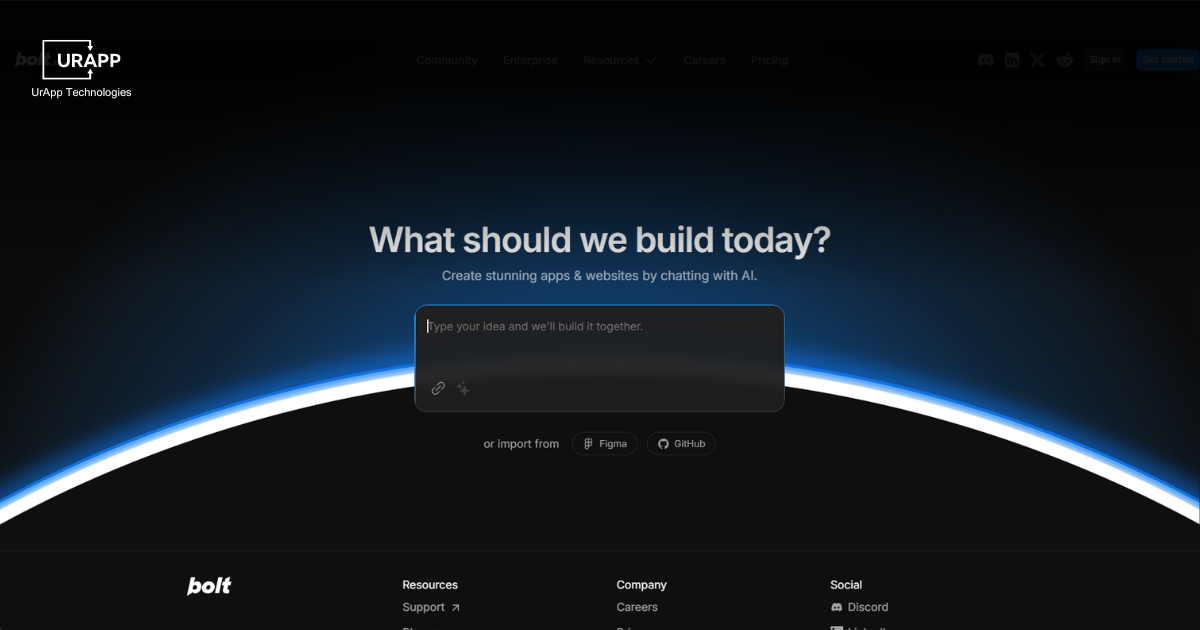Ecommerce Application Development: Complete Guide for 2025
By 2025, over 70% of ecommerce sales will happen through mobile apps. If your business isn’t ready for that shift, you’re already behind. Here’s how you can build a powerful ecommerce app that drives sales and customer loyalty.
This blog will guide businesses through the essentials of ecommerce application development. It will explain its importance, benefits, features and modern trends shaping the industry.
What Is Ecommerce Application Development?
Ecommerce application development means creating a web or mobile app that lets users browse, buy, and manage products online. It covers research, design, development, testing, and maintenance to ensure smooth performance and secure payments. Modern ecommerce apps use AI, AR, and voice search to make shopping faster, smarter, and more personalized.
Key Components of an Ecommerce App
UI/UX Design:
-
Clean layouts, intuitive navigation, and prototypes for smooth shopping experiences.
Product Management:
-
Tools to add, update, and organize product listings efficiently.
Shopping Cart & Checkout:
-
Secure, fast checkout with multiple payment options.
User Accounts & Tracking:
-
Profiles, wishlists, and real-time order updates for personalized experiences.
Admin Dashboard:
-
Control over inventory, sales, and customer management.
Notifications & Updates:
-
Real-time alerts for orders, promotions, and app improvements.
Security & Performance:
-
SSL encryption, authentication, and optimized backend for safe, fast operations.
Types of Ecommerce Apps: B2B, B2C, C2C, Social & Subscription
B2B (Alibaba):
- Connects businesses directly, cuts middlemen, ensures scalable trade and transparency.
B2C (Amazon, Walmart, Daraz):
-
Direct sales to customers, fast delivery, secure payments, and loyalty building.
C2C (eBay, OLX):
-
Individuals sell to individuals, simple listings, safe payments, and community trust.
Social Retail (TikTok Shop):
-
Combines shopping with social media, influencer content, and impulsive purchases.
Subscription Apps (Netflix, Spotify):
-
Regular payments for continuous services, personalized experiences, and recurring revenue.
Benefits of Ecommerce Applications for Businesses
Global Reach:
-
Sell across borders without physical stores, accessing larger markets efficiently.
Customer Retention:
-
Personalize experiences, run loyalty programs, and maintain direct engagement for repeat business.
Increased Revenue:
-
Diversify channels, expand catalogs, and offer premium services to boost income.
Data-Driven Insights:
-
Track buyer habits and trends to make smarter, faster business decisions.
Why Invest in Ecommerce App Development in 2025
Market Growth and Revenue Potential
- Based on market reports, revenue in the ecommerce sector will reach US$3.66 trillion in 2025. This figure will grow at an annual rate of 6.29 percent, which brings a total revenue of US$4.96 trillion by 2030.
- The number of global users will also rise to nearly 4.0 billion by the same year, which reflects the rapid adoption of online shopping.
Why Ecommerce Apps Dominate Digital Commerce.
- Ecommerce apps dominate digital commerce because they provide speed, accessibility and convenience for customers. They allow businesses to offer smooth transactions, personalized experiences and direct communication.
- Apps are preferred by businesses because they foster relationships with customers that last and improve brand loyalty. Businesses can achieve sustained success in this highly competitive sector with the help of an efficient e-commerce application development approach.
Why Businesses Prefer Ecommerce Applications Over Physical Stores
Ecommerce applications help businesses lower costs, gain global access and maintain 24/7 presence with unmatched convenience compared to physical stores.
Lower Investment than Traditional Stores
-
Businesses save capital as they cut the expense of expensive real estate through ecommerce application development that offers affordable and scalable digital solutions.
-
Companies reduce setup costs with the development of efficient apps instead of physical outlets that require heavy infrastructure investments.
Cost Saving on Overhead Cost
-
Digital stores remove expenses for electricity, in-store staff and store design, which makes operational management more efficient and cost-effective.
-
Businesses avoid large inventory risks as they implement online systems that optimize stock levels and reduce unnecessary financial waste effectively.
Global Reach and 24/7 Operation
-
Ecommerce apps extend reach across continents, which allows the businesses to attract global customers beyond physical barriers and limited retail networks.
-
In order to guarantee that clients have unhindered access to shopping and prompt assistance, which builds loyalty, businesses remain open around the clock.
Real-World Examples (Amazon, eBay, Alibaba)
-
Amazon started off as an online bookseller but has since dominated the global retail industry due to efficient transportation, technological advancements and excellent customer support.
-
eBay created a dependable global platform that benefits both buyers and sellers via secure online payments and innovative trading experiences.
-
Alibaba has expanded its online ecosystem, provided strong online shopping experiences to millions of customers and helped small businesses access international markets.
These global leaders prove the strength of digital-first strategies. They show clear Ecommerce website advantages that traditional stores cannot match for growth.
Ecommerce Application Development Process
An ecommerce application development process guides teams from research to launch and maintenance to deliver secure scalable customer focused solutions.
Research and Validation
-
Market studies reveal customer needs, competitors and gaps for ecommerce application development inform product priorities, features and launch plans now.
-
User interviews and surveys collect clear feedback about pain points desired features and priority lists to validate product market fit businesses.
-
Pilot tests measure basic adoption user response and conversion signals to reduce risk and guide investment decisions before broad release and scale.
UI/UX Design
-
Design teams create simple flows, clear navigation and readable layouts that help users complete tasks and find products quickly for success.
-
Wireframes show page structure user journeys and content placement so teams refine steps before final visual design prepares developer handoff now.
-
Prototype tests check usability, task completion and comprehension to improve clarity, reduce friction and increase conversion potential for target segments.
Choosing Technology Stack
-
Teams evaluate frameworks, host options and database choices that balance performance cost and future scalability for reliable platform operation and scale.
-
Selection must consider long term support compatibility and performance needs to ensure ecommerce web application development and lower future costs.
-
APIs database drivers and deployment choices determine integration ease monitoring cost and resilience under expected usage patterns and growth.
Development and Integration
-
Developers implement product catalog user accounts checkout flows and secure payment modules following defined technical specifications and scope for users.
-
Integration connects payment processors ship providers analytics and CRM tools so business systems exchange data quickly reliably and support operations.
-
Code reviews static analysis and clear documentation ensure maintainability, speed future enhancements and reduce defect rates across iterative releases.
QA and Launch
-
Quality tests cover functionality security and performance to ensure the application meets user expectations, business rules and acceptance criteria before release.
-
Load tests validate capacity under peak traffic and failover checks confirm recovery plans while security audits protect user data and assets.
-
Launch steps include deployment store listings market coordination and monitoring plans to measure adoption retention and early customer feedback for action.
After Launch Maintenance and Updates
-
Monitoring systems track errors, latency and user behavior so teams detect issues, prioritize fixes and secure stable operations for customers and business.
-
Regular updates include performance fixes, feature enhancements and security patches while teams monitor metrics using AI in app development regularly.
-
Automation for backups, rollbacks alerts and scheduled health checks reduce downtime, increase reliability and support continuous system improvement over time.
Ecommerce App Development Cost Breakdown (Stage-wise)
| Stage | Estimated Cost | Timeline | Key Achievements |
|---|---|---|---|
| Research and Analysis | $2,000 – $15,000 | 2 – 4 weeks | Identify target users, understand industry gaps, and design workflows to align with real customer needs. |
| UI/UX Design | $15,000 – $80,000 | 3 – 6 weeks | Deliver intuitive interfaces that enhance shopping journeys and improve customer engagement. |
| Development | $20,000 – $150,000+ | 12 – 20 weeks | Build scalable ecommerce applications with secure payments, database integration, and strong performance. |
| Testing | $5,000 – $30,000 | 3 – 6 weeks | Conduct manual and automated testing to fix bugs and ensure smooth performance before launch. |
| Post-release App Support & Maintenance | 15–30% of initial build per year | Ongoing | Provide regular updates, bug fixes, and performance optimization for long-term stability. |
Do Locations Impact E-commerce Cost?
Yes, locations impact the overall cost of e-commerce app development. The place where you hire developers affects hourly rates, access to talent and even collaboration speed. In 2025, businesses must also consider how locations influence scalability and communication across time zones.
Hiring in North America often brings top-tier expertise, but the cost is the highest. Western Europe balances innovation with slightly lower costs. Eastern Europe offers strong technical quality at moderate prices, which works well for startups. Asia attracts budget-sensitive businesses, while Latin America gives U.S. companies affordable options with easier time-zone alignment.
Below is a detailed breakdown of developer costs across regions.
|
Location |
Estimated Cost |
What You Get |
|
U.S, Canada, North America |
$85 to $160 per hour |
Strong expertise, advanced tools, and smooth collaboration |
|
Western Europe (UK, Germany, France) |
$65 to $125 per hour |
Skilled developers for businesses that seek innovation with moderate savings |
|
Eastern Europe (Poland, Ukraine, Romania, Serbia) |
$35 to $75 per hour |
Reliable technical talent for startups and SMBs at fair costs |
|
Asia (India, Vietnam, Indonesia) |
$20 to $55 per hour |
Affordable developers suitable for businesses with limited budgets |
|
Latin America (Brazil, Argentina, Mexico, Colombia) |
$40 to $75 per hour |
Cost-effective developers for U.S. owners with better time-zone alignment |
Future Trends in Ecommerce Application Development
Through e-commerce application development and e-commerce web application development, emerging technologies shift how companies provide better shopping experiences. These solutions satisfy altered client expectations, increase revenue and foster trust.
AI Personalization
-
AI evaluates consumer data and makes personalized recommendations that increase customer pleasure, foster loyalty and assist companies in revenue growth.
AR and VR Product Previews
-
Shoppers interact with products virtually, which reduces return rates, builds confidence and enhances overall customer engagement and buying intent.
Shopping with Voice Activation
-
Voice technology improves accessibility and fortifies customer convenience and loyalty through the ability to speedy searches, order placement and reorders.
Faster Checkout Systems
-
Optimized checkout processes improve user experiences for businesses and customers alike, boost conversions and lower cart abandonment rates.
Companies that want to take advantage of these developments must adopt the right strategies and apply expert solutions. For entrepreneurs, the best starting point is to launch my MVP.
Key Challenges in Ecommerce Application Development
Businesses that adopt ecommerce application development face several critical challenges that directly impact growth, user trust and operational sustainability. Each challenge demands a strong strategy to handle effectively.
Data Protection and Cybersecurity
-
Strong encryption, secure server and continuous evaluation are necessary for safety of consumer data as a way to prevent monetary losses and damage to one's reputation.
-
Because data breaches harm a brand's reputation and destroy consumer trust in all markets, businesses need to invest in cybersecurity measures.
Fierce Competition
-
Global ecommerce markets grow fast, so new businesses struggle to stand out without unique offerings and user focused platforms.
-
Competitors with strong digital presence force businesses to adopt creative approaches that build loyalty and sustain customer relationships.
High Customer Acquisition Costs
-
Marketing expenses increase because brands must attract buyers across many platforms, drives customer acquisition costs significantly.
-
It retains current customers which reduces marketing budget and established customer loyalty programs essential for sustainable profitability in competitive environments.
Compliance with Multiple Regions
-
Ecommerce sites that want to reach international markets are subject to various trade, data and tax restrictions.
-
While noncompliance with regional regulations results in penalties, fines and limited market access, legal compliance guarantees seamless operations.
Conclusion
The current digital economy today relies heavily on ecommerce apps to promote growth, global reach and customer pleasure. Companies that make investments in e-commerce application development can access global markets, increase employee retention, diversify their revenue streams and obtain useful data insights for making decisions.
Research, design, programming, testing and after release support are all included in the process. Every step creates dependable platforms that offer scalable operations and flawless shopping experiences. Understanding costs and developer locations helps businesses allocate budgets wisely, while compliance and security remain essential for long-term trust.
Moreover, the future holds significant opportunities. AI, AR/VR and voice-enabled systems will shape customer interactions. Fast checkout processes and social commerce trends will further strengthen digital business ecosystems.
Therefore, investing in ecommerce applications is not optional but necessary. They provide sustainable growth, strong user engagement and competitive positioning. Businesses can create applications that increase trust, broaden their global presence and ensure future profitability with a thorough understanding of the advantages, procedures, costs and difficulties.






